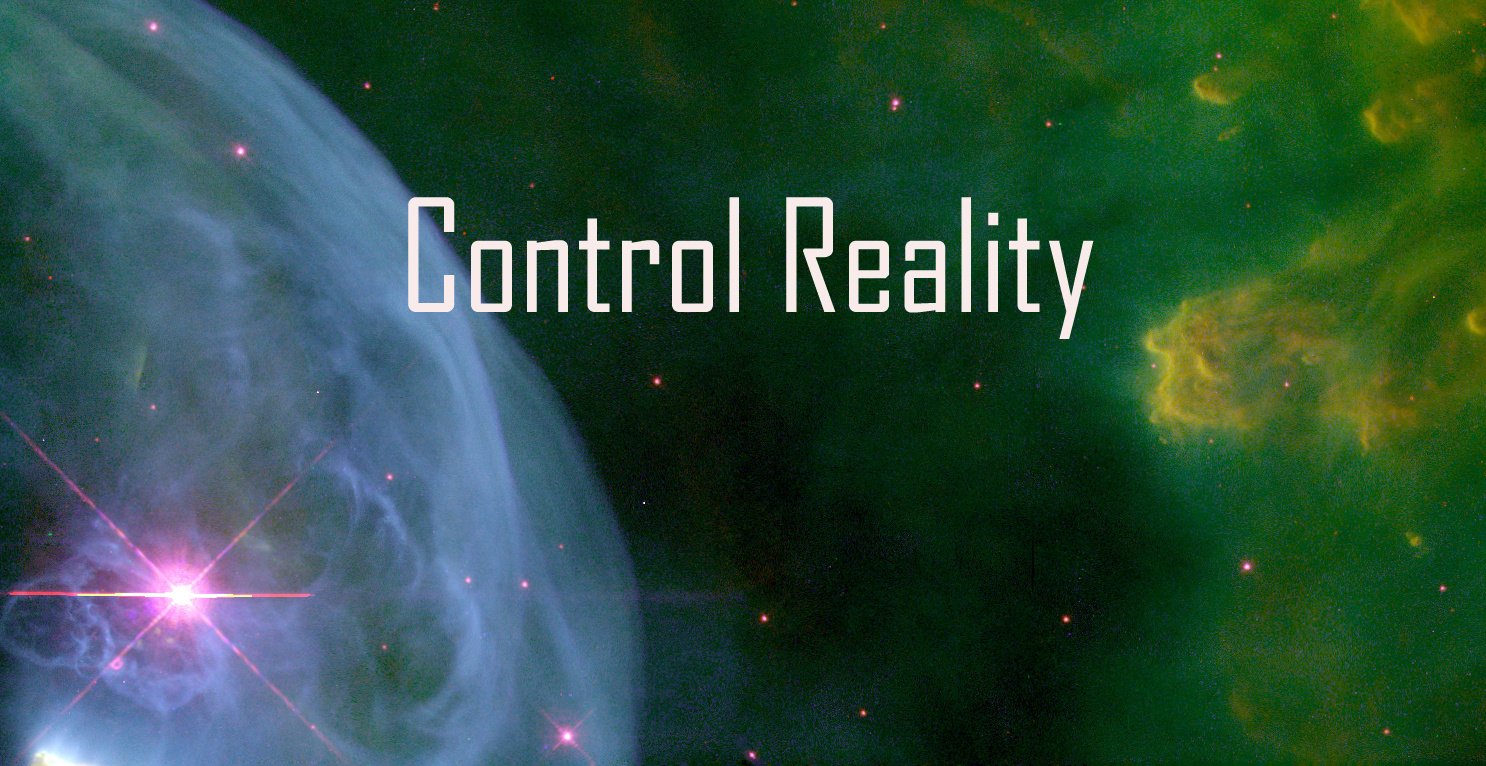
The Quantum Cop
a novel about using quantum mechanics to control reality,
by Lesley L. Smith

Quantum Mechanics is the branch of physics that describes really small things like elementary particles (e.g. quarks and electrons). It has been proven by extensive experiments in the fields of chemistry and physics, and is considered by many to be the foundation of all modern physics.
In quantum mechanics physical objects such as particles are also waves. Scientists call this wave-particle duality. The mathematical representation of this is a wavefunction. Quantum mechanics says we can only characterize these wavefunctions with probabilities. Furthermore, there are an infinite number of probabilities for every wavefunction until we make a measurement and observe the object, at which point we have one probability and its value is 100%.
What happens between having an infinite number of probabilities for an observation and having one probability? The Copenhagen Interpretation maintains that there must be a collapse of the wavefunction to instantiate a reality.
Read more about the Copenhagen Interpretation of Quantum Mechanics:
There are several other interpretations of quantum mechanics including:
 |
The Quantum Cop a novel about using quantum mechanics to control reality, by Lesley L. Smith |
See also www.lesleylsmith.com.
See also Physics Is Fun.